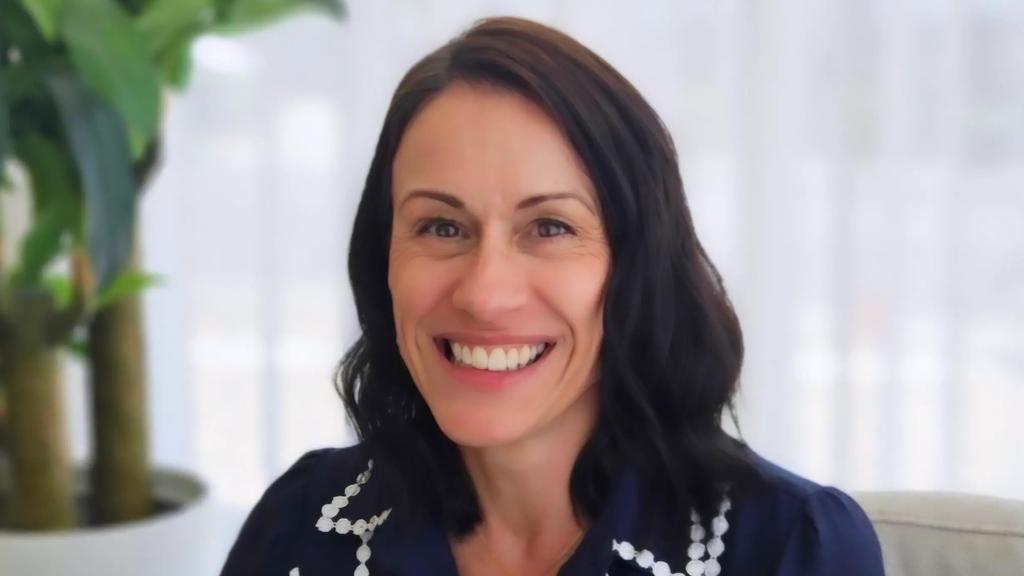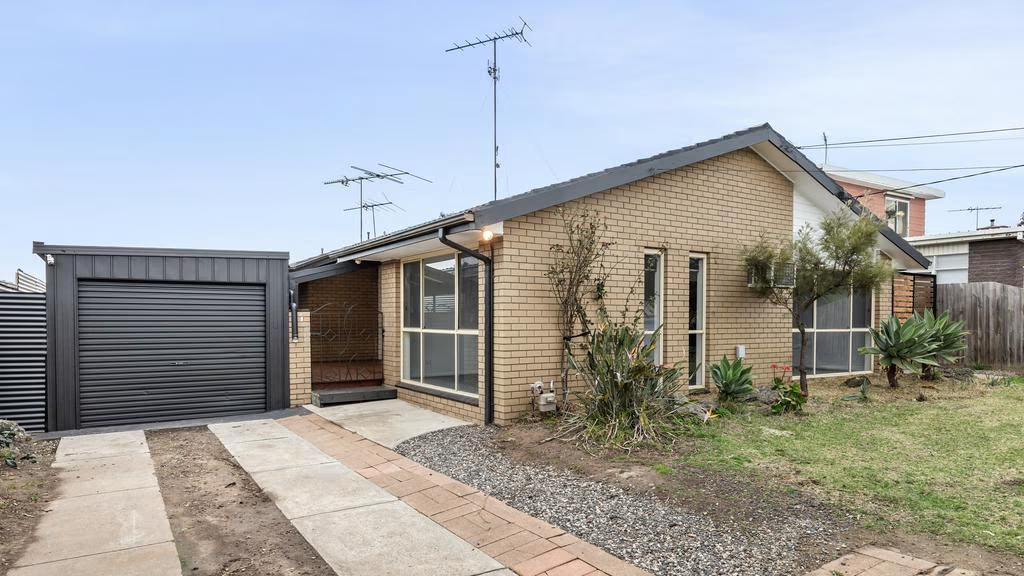Hobart Rents Soaring
Sep 2025PIPA Admin
Categories
Location ReportsMedia releasesNational market updatesPersonal advisersPIPA AdviserPIPA Annual Investor Sentiment SurveysPIPA Member ProfilesPIPA video updatesPIPA webinarsPodcastsProperty advisersProperty newsUncategorisedLatest Articles
Pros, cons and risks of using a buyers agent to purchase property
Location Report – City of Greater Shepparton
PIPA Annual Property Investor Sentiment Survey 2025
The 10 “hottest” property markets around the nation revealed
Two out of every three Hobart suburbs have higher rents now than they did three months ago. And one suburb, Berriedale, registered one of the largest price rises in Australia – up 10 per cent. New PropTrack quarterly rental figures show a $50 per week jump in the cost of a Ber-riedale house between August and May. It was the eighth-largest rise in the nation. For renters looking in this area, pickings are slim, with only two units available today and no houses. The two-bed-room units are priced at $420 and $460 per week. By quarterly percentage in-crease, houses in Austins Ferry, Hobart City and Battery Point had the next largest rent in-creases – between 7.1 per cent and 8.5 per cent. Prices in these three suburbs rose by $50 per week. Units in West Hobart climbed 4.3 per cent higher to reach $490 per week, followed by Lindisfarne (3.6 per cent), and Mount Stuart (3.5 per cent).
In nine greater Hobart sub-urbs, rents did not increase or decrease. In nine others, the rental asking price fell by between 0.9 per cent for a Sorell house to 4.3 per cent less for a New Nor-folk house. SQM Research figures show the rental vacancy rate in Hob-art in August was 0.5 per cent, the equal lowest in Australia with Darwin. SQM managing director Louis Christopher said strong demand had pushed the Hob-art rate down, with vacancies declining to just 144. At the same time last year, Hobart had 318 rentals available. PropTrack economist Eleanor Creagh described a vacancy rate below 1 per cent as “emergency conditions”. When rental markets are in-credibly tight, this puts upward pressure on rents, she said. With rents at record highs nationally, a reduction in the rental median in the years ahead seems unlikely. “Look, we can’t rule out ever t this stage – I wouldn’t want to say that,” Ms Creagh said. “But at the moment, we’re continuing to see that rents are still moving higher, but at a much slower pace. “Without a bigger supply response, it’s not likely that we’ll see rents moving backwards. ”A national Property Investment Professionals of Australia survey found 42 per cent of sold properties remained in the rental pool, while 37 per cent were purchased by owner-occupiers and 25 per cent by first-home buyers. PIPA chair Lachlan Vidler said once a property left the rental market, “it rarely returns”. “We’re watching the slow dismantling of Australia’s rent-al supply, and tenants are paying the price through rising rents and reduced availability,” he said.
Originally Published : Jarrad Bevan and Lydia Kellner | Hobart Mercury | 25 September 2025
“Licensed by Copyright Agency. You must not copy this work without permission.”




